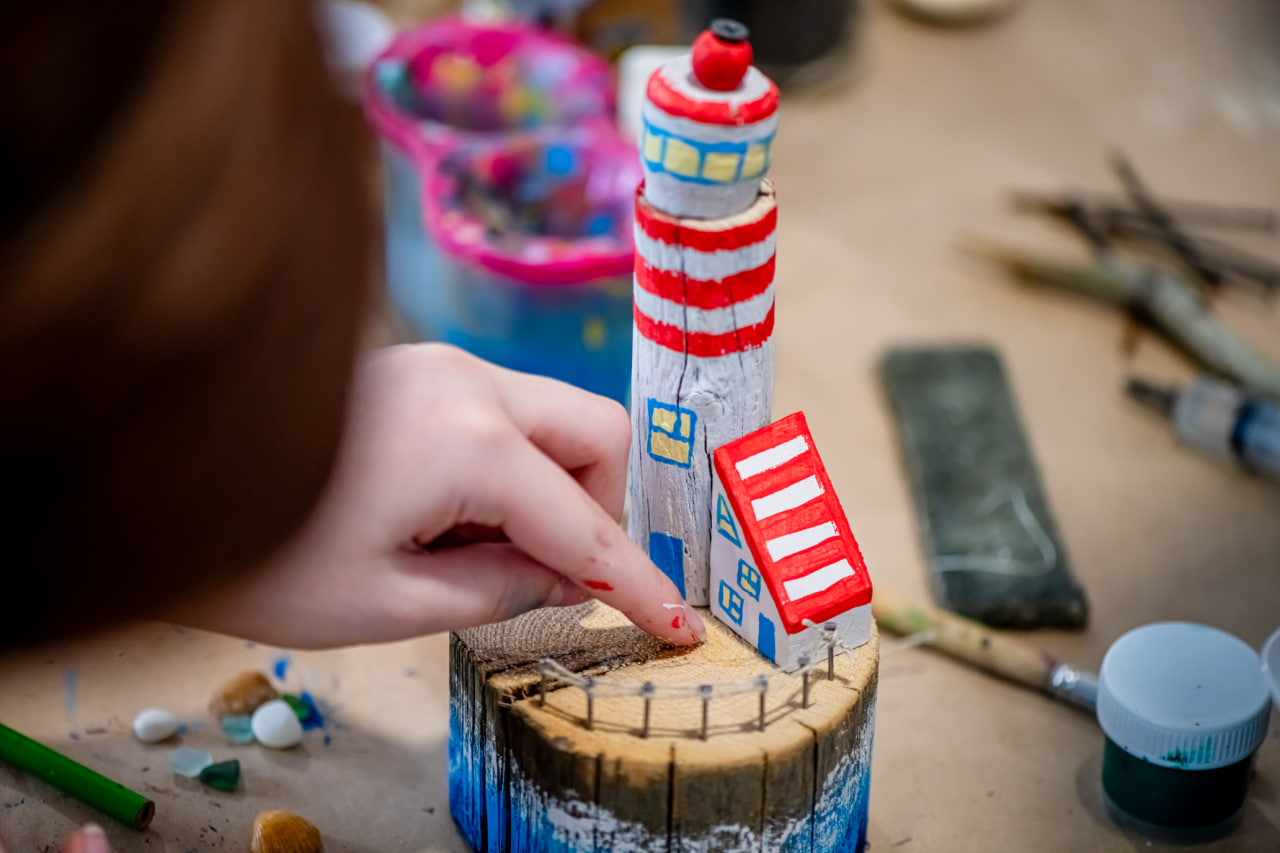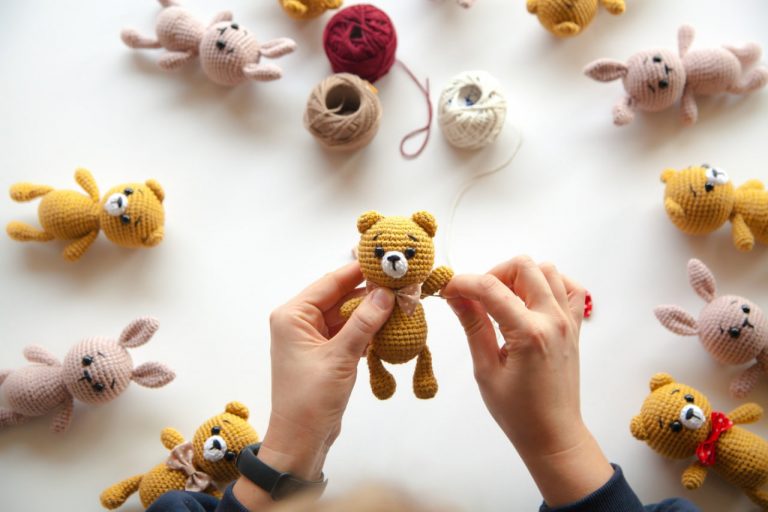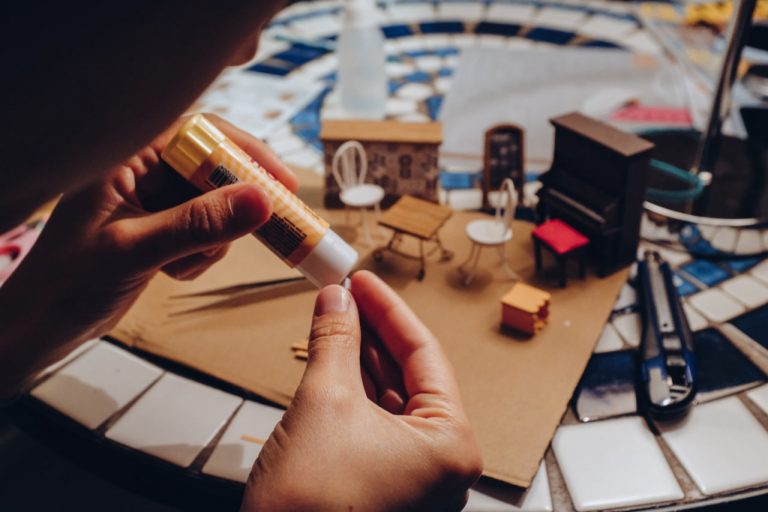Behind the Scenes: A Day in the Life of a Toy Maker
Toy making is more than just crafting cute creations. It’s a discipline that blends imagination, skill, technical knowledge, and dedication. From sourcing the right materials to stitching every seam or sanding each wooden edge, the life of a toy maker is filled with both structure and spontaneity. While the final products may appear playful and simple, the process behind each toy is anything but.
In this article, we take you through a day in the life of a professional toy maker to give you a true sense of what happens behind the scenes.
Morning: Planning, Sketching, and Setting the Tone
The day usually begins with quiet focus. Mornings are often reserved for planning, sketching new designs, or organizing the day’s priorities. Toy making is a creative field, but it also requires structure—especially for those who manage custom orders, run an online shop, or teach courses.
Most toy makers keep a sketchbook or digital tablet nearby, where they work through ideas for new toys, test proportions, or tweak old patterns. Sketching isn’t just about art—it helps map out materials, construction techniques, and potential problem areas before the physical work begins.
There’s also a practical rhythm to the early hours. Emails are checked, customer messages are answered, and any updates to listings, websites, or supply orders are handled. Some toy makers also use this time to photograph finished toys in soft morning light for social media or shop updates.
Midday: Material Prep and Hands-On Creation
Once the planning is done, the real magic begins. Midday is often the most hands-on and productive part of the day. This is when fabric is cut, patterns are transferred, wood is sanded, or pieces are stitched together.
Depending on the type of toys being made, this part of the day could involve:
- Sewing and assembling soft toy bodies
- Stuffing plush animals and closing seams
- Carving or shaping wooden toys
- Painting or applying finishing touches
- Adding safety eyes, embroidery, or details
Each toy requires attention to detail and consistency. Mistakes made during assembly can ruin hours of preparation. That’s why many toy makers work in small batches and repeat quality checks throughout the process.
This is also the part of the day when the maker is often in a deep state of focus. Tools and materials are laid out methodically, and every step is deliberate—from aligning fabric grain to sanding smooth edges.
Afternoon: Testing, Adjusting, and Troubleshooting
As the day progresses, toy makers move into a phase of adjustment and evaluation. Maybe a prototype doesn’t sit quite right. Maybe a fabric stretches differently than expected. Or maybe a toy that looked great on paper doesn’t function as intended.
Toy making requires a flexible mind. Designs often evolve on the workbench. A piece that doesn’t look perfect may inspire a creative shift or lead to an entirely new idea. This is when makers test how a toy behaves—whether it balances, bends, stacks, or snuggles the way it’s meant to.
Some toys may go through multiple revisions. A head might be re-shaped. A joint might be reinforced. A color combination may be reconsidered. This willingness to rework, refine, and learn is part of what separates skilled makers from casual hobbyists.
Late Afternoon: Photography, Packing, and Studio Maintenance
By late afternoon, many toy makers begin shifting into wrapping-up mode. If toys are being sold online, this is the time for taking product photos, writing listings, printing shipping labels, and packing up finished toys with care.
Packaging is an art in itself. Many toy makers add personal touches—such as hand-written thank-you notes, eco-friendly wrapping, or branded tags—that reflect the charm of handmade goods.
This time is also used for cleaning tools, tidying the workspace, and preparing materials for the next day. A clutter-free studio helps keep focus sharp and creativity flowing.
Evening: Community, Inspiration, and Creative Recharge
In the evening, many toy makers switch gears. Some take time to engage with fellow makers through online forums or social media, sharing progress, answering questions, or offering tips. Others may update their blogs or course materials if they also teach.
Creative inspiration is often found outside the studio. Whether it’s a walk in nature, a children’s book, a museum visit, or time spent with loved ones, toy makers draw ideas from the world around them.
Some spend evenings experimenting—testing a new stitch, mixing fabric textures, or making quick sketches of future ideas. Others simply rest, knowing that their work will continue tomorrow.
The Invisible Work: Passion, Persistence, and Patience
What most people don’t see in a toy maker’s day is the quiet persistence that powers everything behind the scenes. The long hours perfecting a single curve. The trial and error. The learning and unlearning. The patience required to master techniques that seem effortless from the outside.
Toy making isn’t just a job—it’s a craft that demands heart, imagination, and the courage to try again. It requires balancing creative vision with technical discipline, and a willingness to evolve as both an artist and a maker.
Whether creating soft plush animals, detailed wooden figurines, or educational toys for children, every toy maker pours a part of themselves into each piece. That’s what makes handmade toys feel so special—they carry the spirit of the person who made them.




